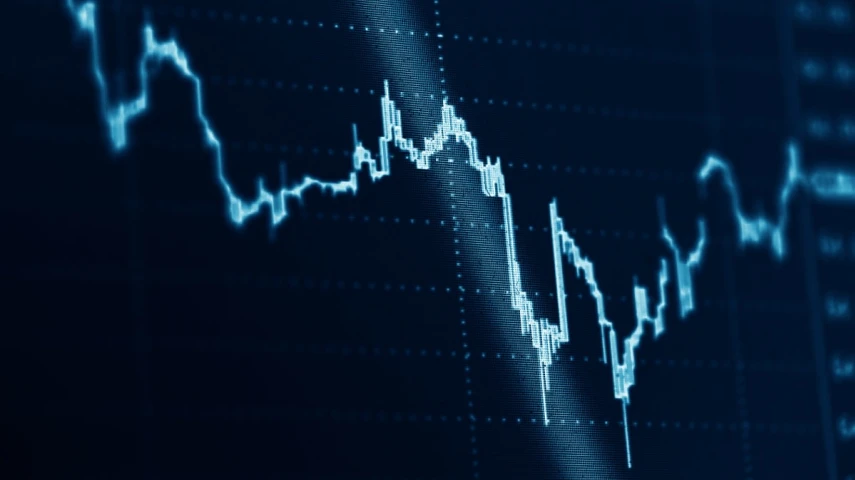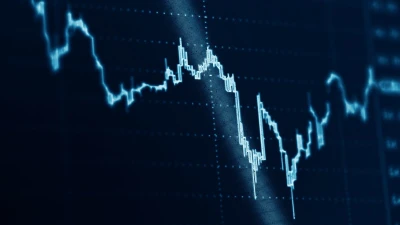Why successful EM investors need 'emotional grit'



Despite their history of volatility, emerging markets (EMs) offer rewarding returns for investors with long-term “emotional grit”, says this Fidelity investment director.
Emerging markets are seeing recovery on the horizon following a prolonged period of changes in global markets.
The International Monetary Fund (IMF) forecasted EMs’ growth to increase from 3.9 per cent in 2022 to 4 per cent this year, as well as projections of 4.2 per cent in 2024.
“Things look very different today as China opens up and the developed world flirts with a re-run of the 2008 credit crunch,” said Tom Stevenson, investment director at Fidelity International.
Although Stevenson recognised that EMs could be “exhausting”, investors could reap the benefits over the long term “if you have the emotional grit to stick with it”, he said.
The investment director reminded investors that EM portfolios were often dictated by four to five key countries.
“One that sticks to the weightings of the various countries captured by the EM indices will likely have around three-quarters of its money invested in just four countries: China is about a third of the MSCI emerging market index, Taiwan represents another 15 pc, South Korea and India both contribute about 12 pc each, [and] Brazil is the largest of the rest at just 5 pc.”
Moreover, investing in EMs could be measured on three different timescales. On a long-term level, they represented 70 per cent of the world’s population and 60 per cent of its growth.
“The difference between the growth rates in the emerging and developed worlds may have narrowed, but it is still meaningful and sustainable,” Stevenson said.
“The transition from low to middle and higher incomes is ongoing, with potential opportunities in sectors that target that growing middle class, such as consumer finance, for example.”
The second or medium-term timescale was evident in the US’ fall from its era of “exceptionalism” following the GFC.
“With profit margins at unsustainably high levels, sky-high debts and a weakening currency, the US looks to be running out of road versus an emerging world with more sustainable borrowings, healthier current accounts, further advanced in its inflation-fighting monetary cycle and with better demographics,” he continued.
In the short term, the yawning gap between stock market valuations in the US and EMs, alongside China’s reopening, were two factors driving EMs’ growth.
“The recent rally in response to the improving backdrop in China has barely made a dent in the differential between emerging markets on around 12 times expected earnings (even accounting for India’s much higher rating) and the US on 18.”
Recommended for you
LGT Wealth Management is maintaining a neutral stance on US equities going into 2026 as it is worried whether the hype around AI euphoria will continue.
Tyndall Asset Management is to close down the Tyndall brand and launch a newly-branded affiliate following a “material change” to its client base.
First Sentier has launched its second active ETF, offering advisers an ETF version of its Ex-20 Australian Share strategy.
BlackRock has revealed that its iShares bitcoin ETF suite has now become the firm’s most profitable product line following the launch of its Australian bitcoin ETF last month.












